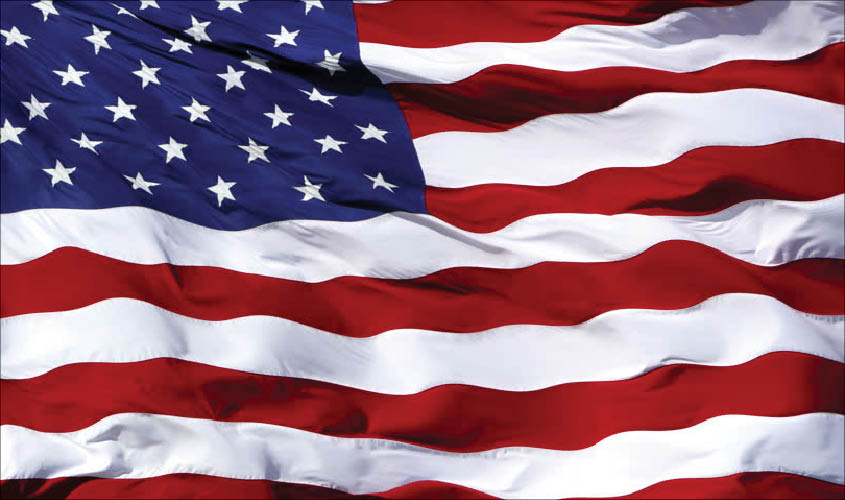The myth, that in the presidential form of government the President is all powerful, has persisted in India for decades.
The term “presidential” is often used in connection with Prime Minister Narendra Modi, be it his style of governance or election campaign. The implicit postulate in such appellations is that the chief political executive is more powerful in a presidential form of government than in the parliamentary form. But it is not correct, for the presidential form of government, as in the United States, is based on the separation, not centralisation, of powers.
It is a well-known fact that the founding fathers of America were immensely influenced by the theory of separation of powers as enunciated by Charles Louis de Secondat, Baron Montesquieu (1689-1755). In fact, Montesquieu has been called John Locke’s “ideological co-founder of the American Constitution”.
In Of the Constitution of England (1748), Montesquieu wrote: “The political liberty of the subject is a tranquility of mind arising from the opinion each person has of his safety. In order to have this liberty, it is requisite the government be so constituted as one man need not be afraid of another. When the legislative and executive powers are united in the same person, or in the same body of magistrates, there can be no liberty; because apprehensions may arise, lest the same monarch or senate should enact tyrannical laws, to execute them in a tyrannical manner.”
Similarly, he wrote, “There is no liberty if the judiciary power be not separated from the legislative and executive. Were it joined with the legislative, the life and liberty of the subject would be exposed to arbitrary control; for the judge would be then the legislator. Were it joined to the executive power, the judge might behave with violence and oppression.”
Therefore, in the US, the three bodies—the executive, the legislature, and the judiciary—are separate from and independent of each other. Our founding fathers borrowed the principle of a separate and independent judiciary from the American Constitution, but didn’t opt for the separation of the executive and the legislature. So, the government in India is part of and responsible to Parliament. While in the US the government and the legislature can be dominated by different parties, it is not the case in our country.
This means that in America the two organs of government can take diametrically opposite stands. For instance, a century ago the Senate refused to ratify joining the League of Nations, whereas the then President Woodrow Wilson was keen on it.
The myth, that in the presidential form of government the President is all powerful, has persisted in our country for decades. And since myths often play a more important role than facts in Indian politics, former Prime Minister Indira Gandhi was enamoured with it. Way back in 1976, a couple of Congress leaders, the then Law Minister H.R. Gokhale and president of the Bombay unit Rajni Patel, had written a paper for the purpose of “eliciting public opinion” over the subject. But almost the entire legal community trashed it, with most bar associations calling it a ruse to postpone the general election that was due that year.
When Indira Gandhi came back to power in early 1980, she again toyed with the idea. In September 1984, the ebullient Vasant Sathe, Minister of Chemicals & Fertilisers, championed the cause of the presidential system. Gandhi sounded cautious but didn’t dismiss the idea that would entail the change of the Constitution, not just an amendment: “We should study the different systems of government prevailing in other parts of the world and find out what are the difficulties and then decide.”
On 26 August 1984, Congress Rajya Sabha MP Sat Paul Mittal, father of Sunil Mittal of Airtel, had organised a dinner in which 60 party MPs participated. Sathe presented his thesis on the subject, thus triggering a big furore. However, the subsequent turn of events—Indira Gandhi’s assassination, the anti-Sikh riots, the Rajiv Gandhi government, et al—buried the debate.
After Rajiv’s ouster in 1989, for a quarter of a century, coalition regimes were the order of the day, so the issue didn’t come up. Prime Minister Modi’s spectacular rise in the last few years, which brought the first single party majority government after three decades, has led to the criticism that his is a presidential form of government and that he may favour a formal change to that effect. But, as we saw above, the presidential form of government is based on the principle of separation of powers, it will not suit Modi to go for a change, especially as he is the undisputed leader in the government as well as in the party.
It is astonishing how ignorance engenders phoney debates in our country, the debates that go on for decades. The one about presidential form of democracy is one of them.

